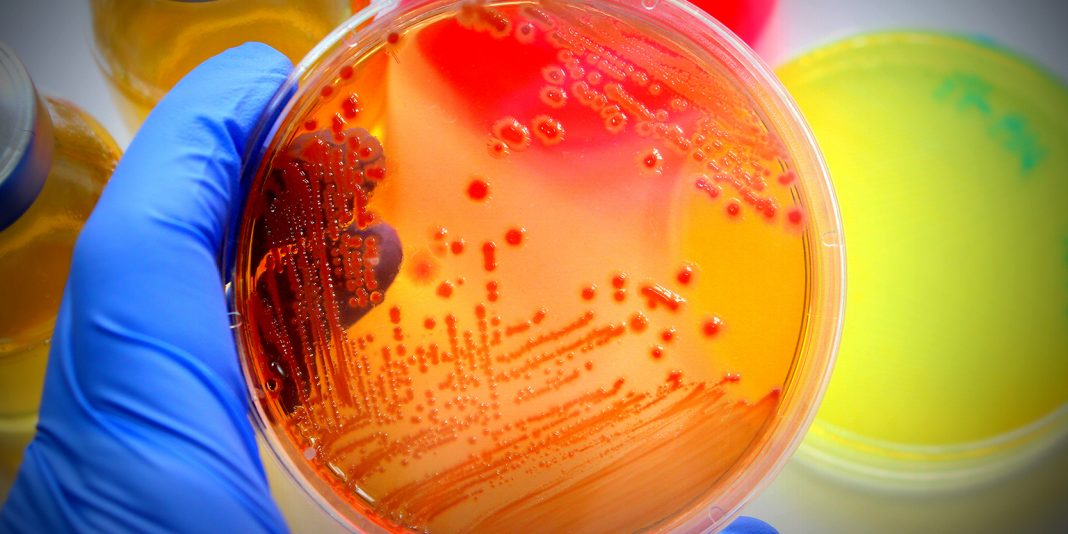Don’t take wound swabs just for the heck of it.
That’s wound care nurse specialist Liz Milner’s first rule of thumb on her ‘hobbyhorse’ of wound swabbing. And if a swab is called for, do it properly, otherwise the results may be of little use.
Milner says people often appear to take wound swabs for the sake of it. If they don’t do it right – or for the right reason – the laboratory results are likely to come back showing a predictable ‘mixed skin flora’ result.
“But if there’s no clinical markers of infection then we’re not going to treat,” says Milner, “because a lot of the wounds, particularly of long duration, are going to have colonised bacteria, which we wouldn’t treat anyway.” (The common skin flora or bacteria colonising a wound are mostly harmless and won’t result in infection.)
But swabbing for the right reasons with the right technique can isolate the bacteria causing the infection and ensure that the patient is on the right antibiotic to treat it.
A wound swab can be helpful or necessary when the nurse observes the likely signs of an underlying infection impeding the healing process, such as redness, heat and swelling, an increase in pain, a malodorous wound and an increase in exudate.
Milner reminds nurses that patients with diabetes may not present with the classic infection symptoms so the threshold for swabbing should be lower.
“Some people with diabetes have a decreased arterial flow – so you may see a pale wound with minimal exudate, no change in pain levels (due to a sensory neuropathy) and no redness, heat or swelling. So just be mindful that the diabetic group is quite unique.”
Swabbing technique has zigged and zagged
Milner says that over the years wound swab advice has changed.
“Back in the day, we’d take a lab swab and the more pus we could get on it the better – it was quite exciting. We’d stick it in the tube and send it off to the lab.”
Then there was a shift to the ‘Z’ technique, in which swabs are passed over the wound surface – avoiding the wound margins – in a zigzag fashion.
More recently, the new ‘Levine’ technique was found to generate more useful bacterial results from the lab than the zigzag. The Levine technique involves applying slight pressure with the swab to take a sample from about one square centimetre of tissue at the centre of the lesion or in an area of the wound that appears infected.
But that was then, says Milner. Now, the evidence-based method seen as even better at detecting the most types of bacteria present across the whole wound surface is the ‘Essen Rotary’ method.
The Essen Rotary method involves taking the sample by moving the swab from the periphery toward the centre of the wound (covering the entire wound area) using a spiralling motion while applying slight pressure.
Doing it correctly
The first step before taking a wound swab is to cleanse the periwound and wound thoroughly so the swab sample can gather the bacteria in the wound bed and not the harmless skin flora or contamination from the previous primary dressing. For example, taking a swab on a wound that has an iodine base dressing will not provide an accurate result.
Milner advises not to clean the wound with an antiseptic, such as povidone-iodine, and instead use water or normal saline. If the wound bed is dry, pre-moisten the cotton-tipped swab to increase the chance of recovering organisms from the wound bed. Then combine the Essen Rotary swab technique with a gentle pressure that squeezes up bacteria from the deeper underlying structures.
Recent research has shown that this method is a quick and easy-to-use modification of conventional swabbing methods, such as the Levine technique and the Z technique. It involves only slightly more effort and offers significantly higher sensitivity in detecting superficial bacterial colonisation in chronic wounds like venous leg ulcers.
Once the swab is placed into the culturette tube and labelled, the next important step is to ensure the laboratory request form includes relevant information.
“It’s really important that you fill out on the lab form what antibiotics the person is on, whether you are using an antimicrobial dressing, and whether it’s iodine, silver, honey, etc,” says Milner.
She says the more information a nurse can give the lab the better – including the nature of the wound, whether it is acute or chronic and any chronic conditions or illnesses the patient has that may affect the healing process.
Providing the laboratory with accurate information will ensure a much better result, she says. Rather than receiving a result of ‘mixed skin flora’ after having ‘swabbed for swab’s sake’ the swab sample may aid the patient’s healing by ensuring they are on the right antibiotic for the right bacteria.
Consider wound swabbing when:
- there are clear clinical markers of infection like redness, heat, swelling or pain and the wound is malodorous and with an increase in exudate
- cellulitis is present
- antibiotic treatment is failing
- the wound is deteriorating, increasing in size or failing to heal
- the patient has high risk factors for MRSA.
- There is a lower threshold for swabbing wounds if the patient is very young, elderly, has a lowered immunity, diabetes or another chronic condition affecting circulation.
How to swab a wound:
- Clean the wound and periwound thoroughly with water and gauze.
- Swab the wound in a circular/spiral pattern moving from the wound periphery to the centre of the wound area (covering the entire wound area).
- Apply slight pressure while swabbing so fluid/bacteria is pushed up from below the wound surface.
- Label the swab sample and add relevant information to the lab request form, including type and history of wound, if the patient has a chronic condition and what systemic antibiotics or topical antimicrobials were being used.





















